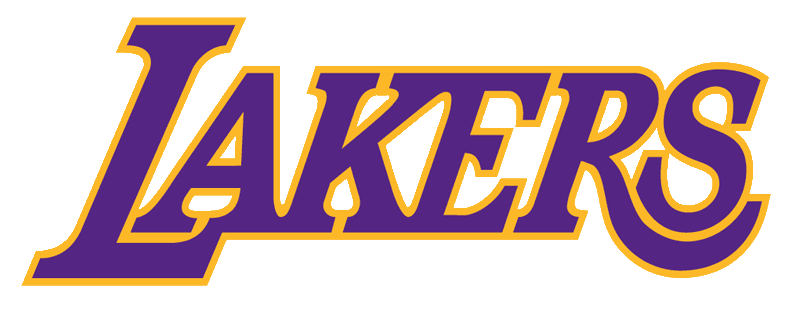There are two very different opinions when it comes to parlays. There are those who believe that parlays are strictly sucker bets and should be avoided at all costs. But there are also those who believe that parlays can be good wagers and help a bettor win money in the long run, which is the ultimate goal of everyone betting on sports.
Parlays are simply a group of bets and all of them must win for you to win your bet. If you pick four out of five games correctly, your bet is still considered a loss since all of your teams did not win. The advantage is that a bettor can make a lot of money for a small bet if all of their games happen to win.
There are two basic types of parlays. There are fixed-payout parlays and true-odds parlays. The most common is the fixed-payout parlay, as it is used for football and basketball. Here, a bettor knows what the payout will be before even looking at the schedule. Typically, a two-team parlays pays 13-to-5, while a three-team parlay pays 6-to-1. Once you get to four teams, the payouts begin to differ a bit depending on the generousity of the sportsbook. Some will pay 10-to-1 odds, while others may pay up to 12-to-1. Payouts of 10-to-1 or 11-to-1 are the most common. Many sportsbooks accept parlays up to 10 teams and offer a payout of 645-to-1.
It is the fixed-payout parlays that have given parlays a bad name. The true odds of hitting a three-team parlay are 7-to-1 and if you are getting 6-to-1, the sportsbook has slightly higher than a 12.5% advantage compared to 4.55% for straight bets. As you select more teams the house edge begins to increase. In the example of the 10-team parlay above, the true odds of hitting a 10-team parlay are 1,023-to-1, so you’re bucking nearly a 37% house advantage. Still, it’s better odds than the lottery and at least you have control of the winning numbers, so there’s nothing wrong with making small parlays and going for the big payout, just as long as you know what you’re up against.
Baseball and hockey parlays use true-odds payouts. If you parlay two -200 favorites in baseball or hockey, your payout won’t be 13-to-5, but instead will be based on the odds of the two games you select. Using two -200 favorites will only yield a return of 6.25-to-1, but betting on a pair of +200 underdogs would yield a payout of 7-to-1. Because these parlays pay at true odds, most sports betting experts don’t consider them any better, or worse, than traditional bets.



